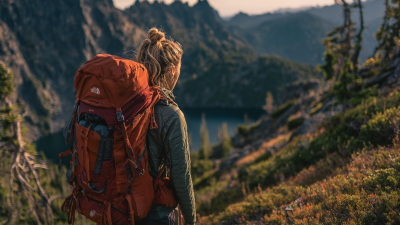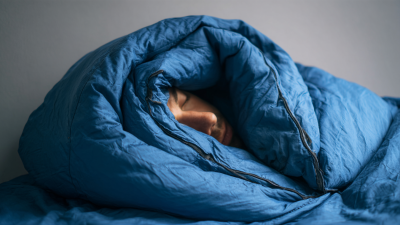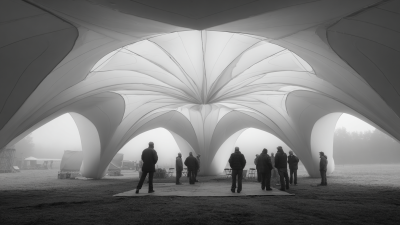Leave Your Message
-
E-mail
-
Whatsapp
Choosing the perfect sleeping bag for your outdoor adventures is crucial for ensuring a restful night’s sleep in the great outdoors. According to the Outdoor Foundation, nearly 50% of Americans engage in camping and outdoor activities annually, and the right gear can significantly enhance the overall experience. The market for sleeping bags has become increasingly diverse, with an estimated value of over $300 million as of 2022, indicating a growing interest among adventurers in high-quality equipment. In this competitive space, identifying the Top Sleeping Bags involves considering factors such as insulation type, weight, temperature rating, and packability. With countless options available, understanding these elements can help outdoor enthusiasts not only to enjoy their adventures more but also to stay comfortable and safe during their trips. This guide will provide insights into selecting the best sleeping bag tailored to your specific needs and preferences.
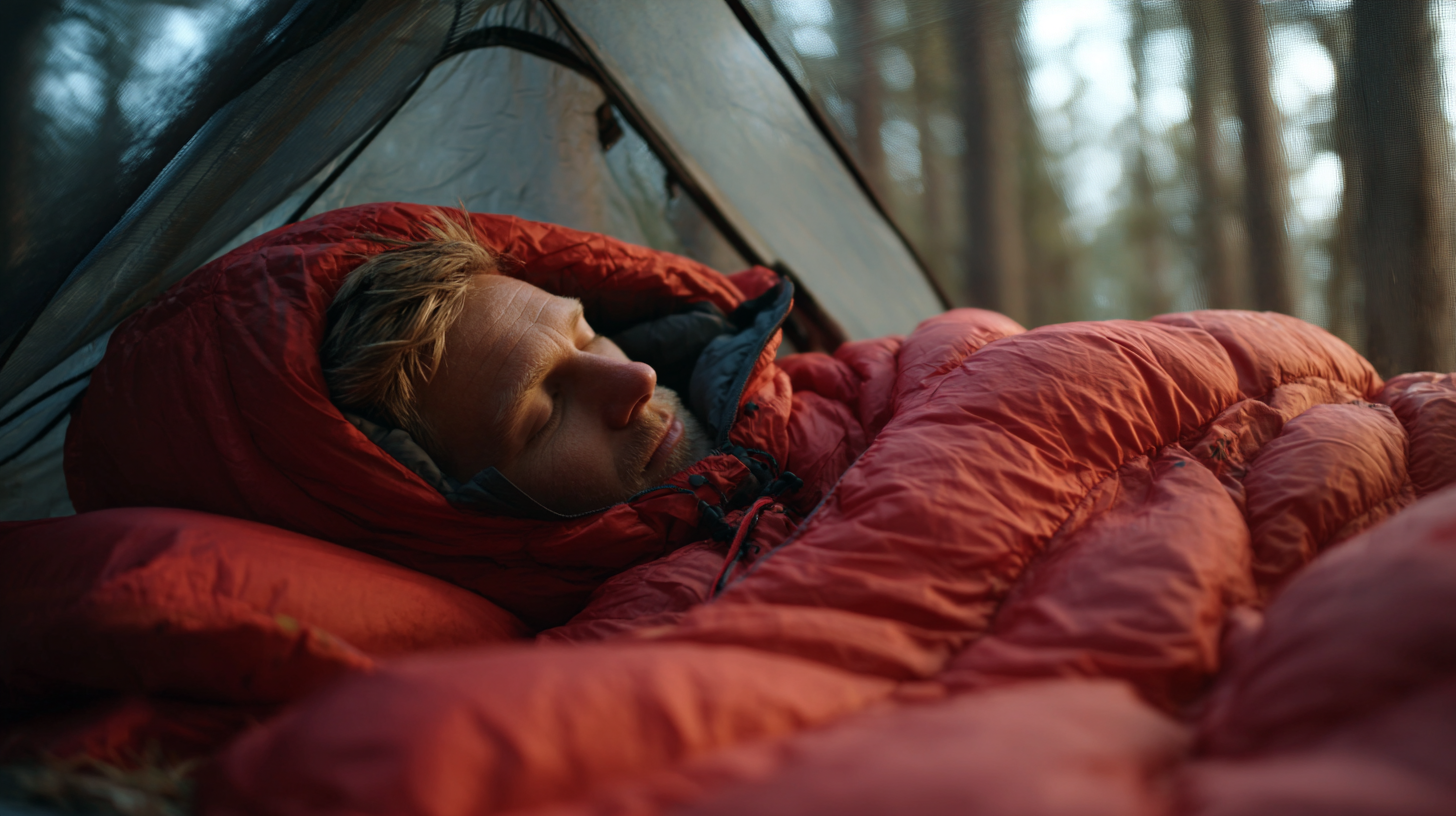
When selecting a sleeping bag for outdoor adventures, understanding temperature ratings is crucial. Sleeping bags are typically rated for three seasons: summer, spring/fall, and winter. Summer bags often have a temperature rating of 35°F and above, making them lightweight and breathable for warmer nights. Conversely, winter bags are designed for temperatures below 20°F and are usually bulkier, providing extra insulation to keep you warm during chillier conditions.
Tips: Always consider the lowest temperature you expect to encounter on your trip. Look for sleeping bags with a comfort rating and a lower limit rating; the former indicates a range where you’ll feel cozy, while the latter shows the absolute limit for safe sleep. Additionally, materials and insulation play a pivotal role – down-filled bags are lighter and compressible, while synthetic options are generally more water-resistant.
For versatility, consider bags with adjustable features such as draft collars and cinch cords, which help trap heat and reduce cold spots. Furthermore, pairing your sleeping bag with an appropriate sleeping pad can significantly enhance comfort and thermal efficiency throughout your outdoor escapades.
When choosing a sleeping bag for outdoor adventures, one crucial decision revolves around the insulation type, which primarily falls into two categories: down and synthetic materials. Down sleeping bags are known for their excellent warmth-to-weight ratio, making them a favorite among backpackers seeking to minimize pack weight. The down feathers trap air effectively, providing exceptional insulation and a cozy feel. However, down bags can be vulnerable to moisture since they lose their insulating properties when wet. Therefore, they are best suited for dry conditions, and if you're heading into potentially damp environments, investing in a water-resistant or hydrophobic down option can be wise.
On the other hand, synthetic sleeping bags offer several advantages that make them a practical choice for many campers. Made from polyester fibers, these bags maintain their insulating properties even when damp, making them more versatile in unpredictable weather. Synthetic materials are also easier to care for and tend to dry faster than down. While they may weigh slightly more and compress less efficiently than down, their affordability and resilience make them an appealing option for those who prioritize reliability over ultra-light packing. Ultimately, the choice between down and synthetic materials will depend on your specific outdoor adventure needs and environmental conditions.
| Insulation Type | Temperature Rating (°F) | Weight (lbs) | Pack Size (inches) | Water Resistance | Price Range ($) |
|---|---|---|---|---|---|
| Down | 20°F | 2.5 | 10 x 6 | Moderate | 300 - 600 |
| Synthetic | 20°F | 3.5 | 12 x 7 | High | 150 - 300 |
| Down | 0°F | 3.0 | 11 x 6 | Moderate | 400 - 800 |
| Synthetic | 0°F | 4.0 | 13 x 8 | Very High | 200 - 350 |
When choosing a sleeping bag for your outdoor adventures, evaluating its shape is crucial for ensuring optimal comfort and space efficiency. Traditionally, sleeping bags come in various shapes, such as rectangular, mummy, and semi-rectangular. Each shape caters to different sleeping styles and preferences. For instance, rectangular bags offer more room to move, making them ideal for light sleepers or those who tend to shift positions often. Mummy bags, on the other hand, taper at the feet and hug the body, providing superior warmth and minimizing weight, which is particularly advantageous for backpackers and colder conditions.
Recent industry evaluations have highlighted that the latest sleeping bag models, particularly those designed specifically for women, now encompass features that enhance comfort while maximizing insulation and packability. Testing has shown that high-quality designs not only excel in warmth-to-weight ratios but also accommodate the physiological differences experienced by women when sleeping outdoors. For side sleepers, unique shapes like those of certain models have been engineered to prevent discomfort while maintaining insulation, ensuring a restful night under the stars. The best sleeping bags of 2025 reflect these advancements, showcasing how crucial the shape is in selecting a sleeping bag that fits both your sleeping style and outdoor challenges.
This chart illustrates the relationship between different sleeping bag shapes and their space efficiency and comfort level based on user surveys.
When choosing a sleeping bag for backpacking adventures, two of the most critical factors to consider are packability and weight. Opting for a lightweight sleeping bag significantly reduces the burden on your back, allowing you to cover greater distances with ease. Typically, materials like nylon and polyester are favored for their balance of durability and lightness. A good rule of thumb is to choose a sleeping bag that weighs less than 3 pounds, which can enhance your overall hiking experience.
Packability is equally important, as a sleeping bag should compress well to fit into your backpack without taking up too much space. Look for models that come with a compression sack, which can significantly decrease the bag’s volume. Additionally, sleeping bags with synthetic insulation tend to pack down smaller compared to down-filled options, making them a practical choice for long-distance trekkers who need to optimize their gear. Ultimately, prioritizing these factors will help ensure that your sleeping bag supports rather than hinders your outdoor adventures.
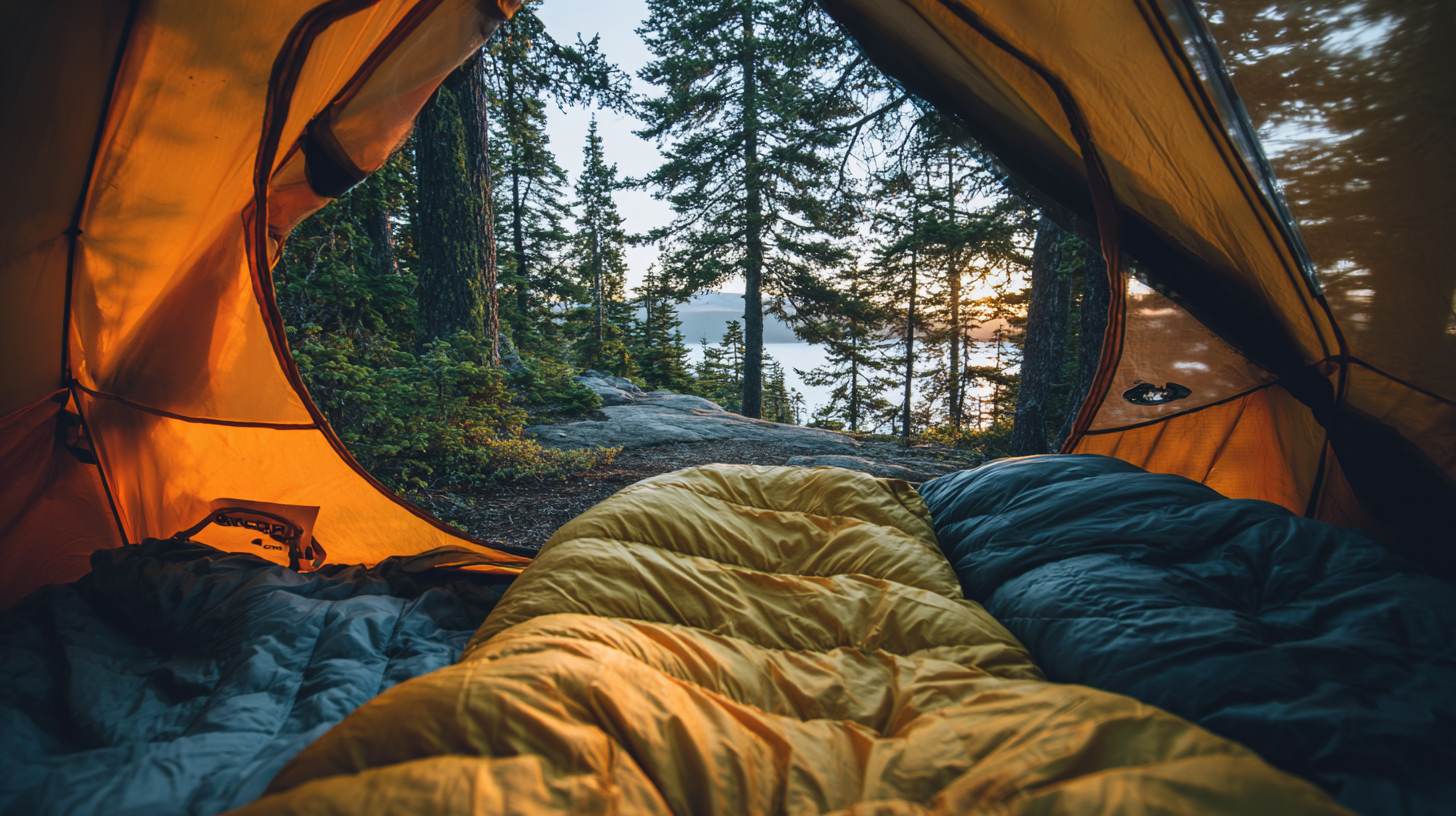
When selecting a sleeping bag for your outdoor adventures, durability and proper care are crucial for ensuring longevity. According to the Outdoor Industry Association, around 60% of outdoor enthusiasts report that they prioritize durability when shopping for gear. A sleeping bag made from high-quality materials, such as ripstop nylon or down insulation, can withstand harsh conditions and provide reliable performance over multiple trips. Investing in a bag with a robust shell and quality zippers can prevent wear and tear, making it a staple in your outdoor gear collection.
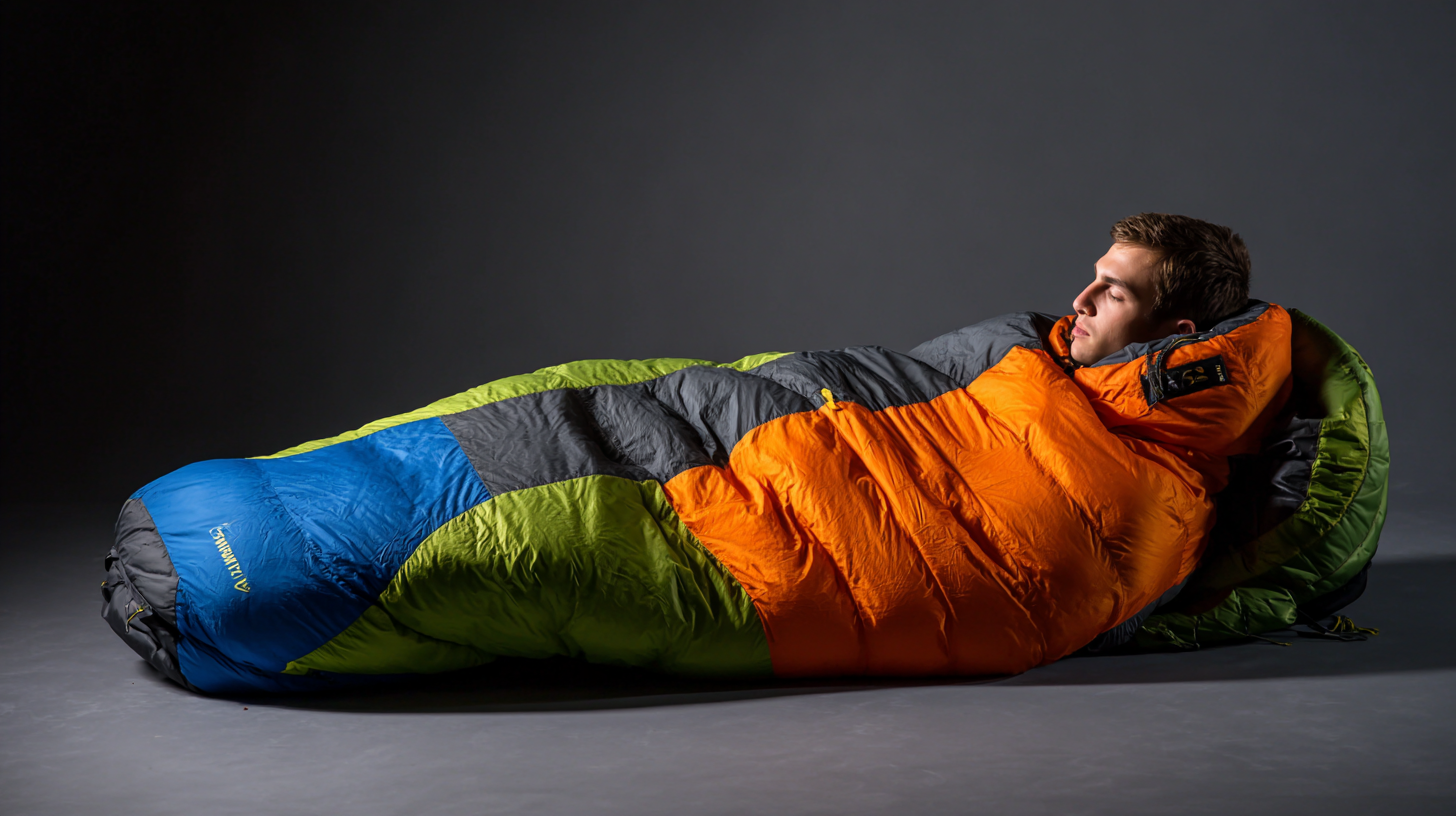
To maintain your sleeping bag's condition, follow proper cleaning and storage practices. The American Hiking Society recommends cleaning your sleeping bag with a gentle detergent and air drying it to avoid damaging insulation materials. Storing your sleeping bag loosely in a breathable cotton sack instead of compressing it in its stuff sack can preserve its loft and warmth, allowing for optimal performance on future outings. By focusing on durability and care, your sleeping bag can remain a trusted companion through countless adventures in the great outdoors.

